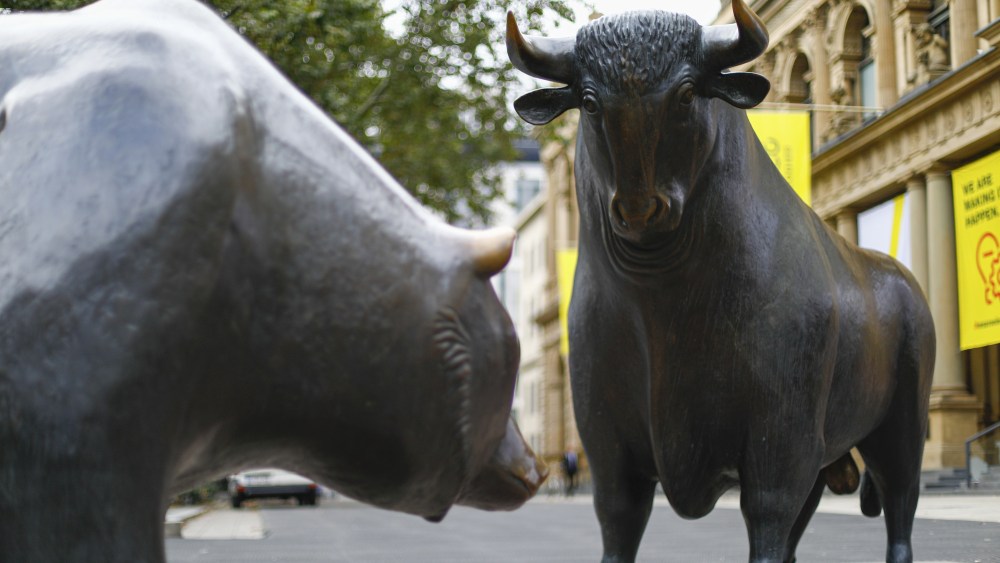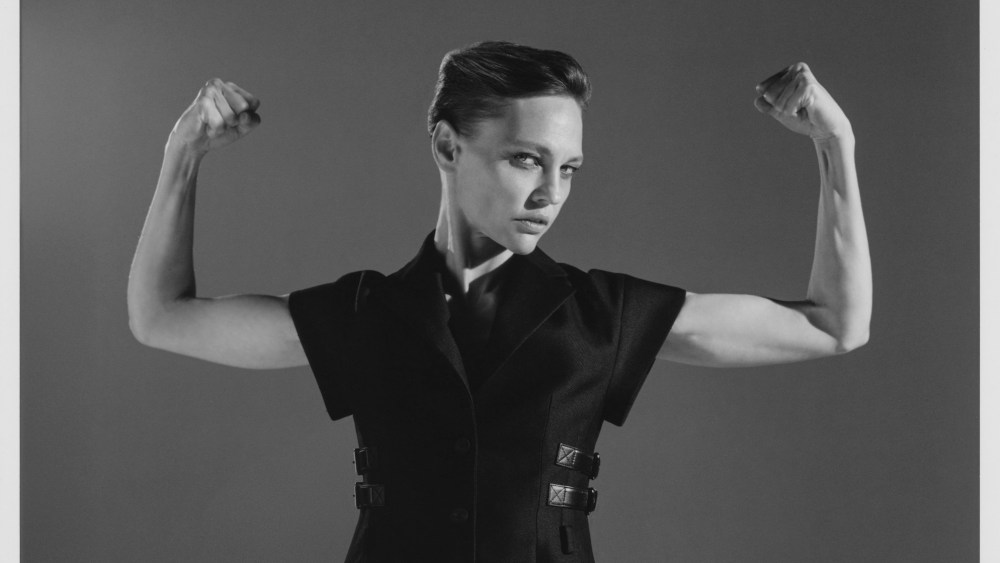
Both bulls and bears were out on Wall Street last year.
While the market overall was up — the S&P 500 gained 23.3 percent for the year, buoyed by a stable economy and lower interest rates — fashion had its mix of winners and losers.
There were some broad trends. Luxury shares, in particular, were hit hard by the high-end slowdown and weakness in China, delivering share losses to even the mighty LVMH Moët Hennessy Louis Vuitton, which fell 11.7 percent. Other high-end players in turnaround mode, like Kering, Burberry and Versace-owner Capri, were hit even harder.
“You could see a lot of those luxury manufacturers suffering in terms of stock price,” said consultant Greg Portell, senior partner and global markets lead at Kearney. “They may have pushed the consumer a bit too far and started to get the value to price equation out of whack.”
You May Also Like
Luxury brands reaped big rewards as they jacked up prices over the pandemic, when consumers spent big on goods and pulled back on services and experiences.
But those companies paid the price in 2024 as even wealthy shoppers began to balk at the level of increases.
But many fashion stocks were driven not as much by broader trends as their own circumstances.
- RealReal Inc. led the fashion pack with its stock jumping 444 percent with a new chief executive officer, a customer looking for luxury at lower prices and some traction with customers and investors after a long slow period.
- Mytheresa’s stock more than doubled with a big boost from its deal to take over Yoox Net-a-porter.
- And Tapestry Inc. rose 82.8 percent as its $8.5 billion deal to buy Capri fell apart. On the other side of that transaction, Capri’s stock fell 58.1 percent, feeling not just the pain of luxe, but a serious decline at Michael Kors.
“The market rewards growth trajectory almost more than profit and the ability of those companies to seize market opportunity and drive revenue growth is being rewarded in the stock valuation,” Portell said.
The larger message Portell drew from a decidedly mixed year for fashion was how a strong management team can help a company pull away from its peers.
And across the spectrum, brands were all at once looking to get fresh faces at the top.
A WWD tally last month found more than 50 companies across fashion, retail and beauty that named a new chief executive officer, including Burberry, Nike, Gucci, Estée Lauder, Macy’s, H&M, Michael Kors, Kate Spade and more.
Some of those CEO shifts have brought big changes.
Take Elliott Hill, the Nike veteran who returned to the company in October, taking the CEO reins from John Donahoe.
Nike’s stock fell 29.1 percent last year and Hill is now looking to turn that around. He diagnosed the problem in part by saying the sports giant had gotten away from creating demand and was instead “capturing the demand through performance marketing for our digital business.”
“We lost our obsession with sport,” the CEO said. “Moving forward, we will lead with sport and put the athlete at the center of every decision. The sharpness in each sport is what differentiates our brand and our business and fuels our culture.”
CEO decisions mattered in 2024, which was not a rising-tide-lifts-all-boats kind of year.
Portell said: “This is the first opportunity in a long time that we’ve had to really see the results of strong management and strong management execution. Over the past five to 10 years it’s either been the pandemic or it’s been a great consumer that’s universally helped all boats rise. Now we’re starting to see the differentiation and we’re really starting to see the power of strong management choices.”
But there’s something better than just a good CEO — a good CEO with a system and a team.
“Good talent is spiky and can have hits and misses,” Portell said. “A good operating system starts to connect those dots in ways that are unique and does require a team that is well constructed, knows how to work together, knows where to push the limits.”
Portell pointed to Walmart as “a great example of an operating system.”
“They are able to take whatever direction they want and they feel is right and move it through a massive organization to execution almost flawlessly,” he said. “That doesn’t mean they don’t have their challenges, but they have a very consistent way of choosing a path.”
Walmart is in the midst of a tricky reworking, evolving from being just the brick-and-mortar giant to a much more complicated approach that includes an online marketplace, a digital advertising business and a truly omnichannel positioning.
So far, Walmart is doing that well. The company’s stock rose 74 percent last year, adding $301 billion to its market cap, which tops $725 billion.
An operating system indeed.
Now Walmart just has to keep it up and most of the rest of the industry has to catch up.
The Bottom Line is a business analysis column written by Evan Clark, deputy managing editor, who has covered the fashion industry since 2000. It appears every other Thursday.



